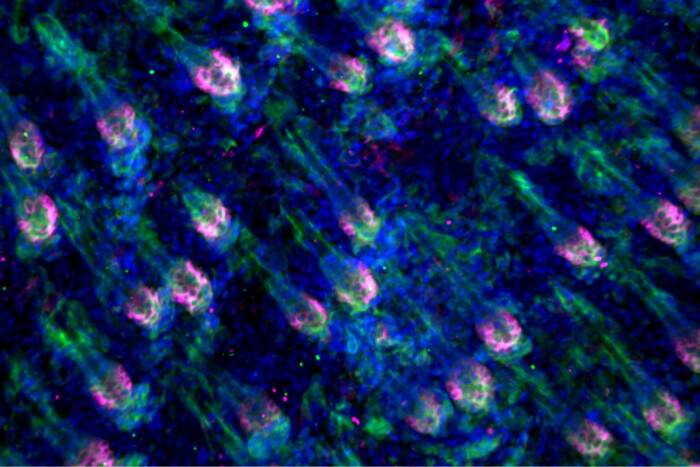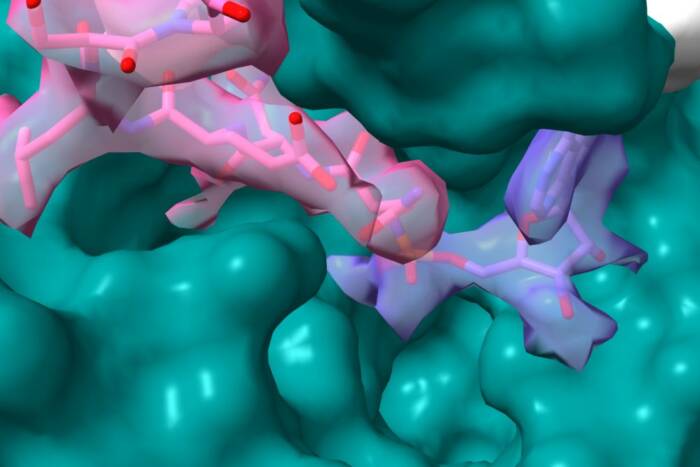Julie Biyuan Zang
 (opens in new window)B.A., University of California, Berkeley
(opens in new window)B.A., University of California, Berkeley
Identification of Loss of Specific FMRP-RNA Interactions as a Cause of
Fragile X Syndrome
presented by Robert B. Darnell
It is a pleasure to introduce Julie Zang to you, on behalf of myself and her thesis coadviser, Jennifer Darnell. After working with us for five years, I would characterize Julie as a brave pioneer, both in her choices in the laboratory and her choices in life. Julie comes from a family of doctors; when she graduates from the M.D.-Ph.D. program here, she will be the fourth generation in a row to receive an M.D. degree, which must make her family extremely proud. Julie had a special challenge in this charge, as she immigrated to the U.S. from Shanghai at age 17! After coming here, she began college studies at a junior college in California as a math whiz, competing on national teams, and was so outstanding that she transferred to UC Berkeley, where she continued as a straight-A student (with a few exceptions, but those were A-plusses). While there, she volunteered to work in the lab of Ray Stevens on the crystal structure of botulinum toxin. This succeeded in crystallizing her interest in science, but to quote from her Rockefeller application, she found she was “fascinated by the human body — the product of billions of years of evolution.”
This might seem a bit of an overstatement, since we normally think of mammals as having evolved over only the past 200 million years, but in fact, this comment actually turned out to be prescient with respect to her thesis. Julie had become especially interested in human neurological disease, which led her to our laboratory five years ago. There, she set out on a very challenging, cutting-edge and bold project — a brave pioneer. She set out, and succeeded remarkably, in developing a new animal model for human mental retardation. This model was remarkable in that only a single point mutation in one protein leads people to be impaired in their thinking. Mutations in this gene, encoding the fragile X mental retardation protein, are responsible for the commonest cause of human mental retardation. Unfortunately, for years after the gene was cloned, only a small inkling has been developed regarding how the encoded protein works. Julie’s new mouse has led to a very important conclusion, which is that defective regulation of RNA by the fragile X mental retardation protein is likely the primary defect in the disorder. And going back to evolution, it is now thought that such RNA regulation is not only important in human cognition but was elemental in the very earliest development of life — billions of years ago — from the so-called RNA World Hypothesis.
The ambitious nature of Julie’s project is that she did not stop her work with the development and understanding of this new mouse, although that was certainly a thesis’s worth of work in itself. Instead, she pushed herself to go on and ask what RNA the fragile X mental retardation protein might be regulating. She has helped pioneer a new means of approaching this question and brought us a long way toward finally developing true insights into what underlies this important human neurologic disease. She is a rising star, and we wish her well as she moves through her medical studies toward a return to the world of translational research.


